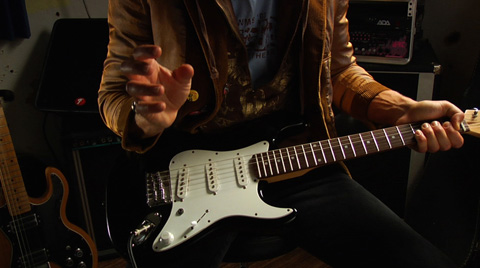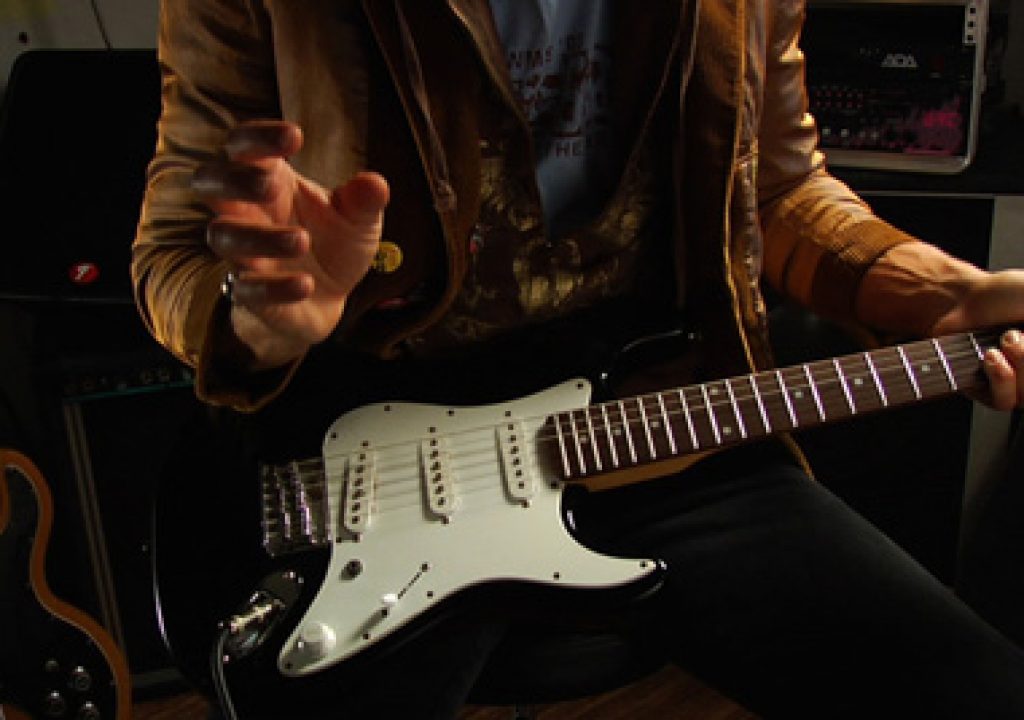
Today, on the CML-Basics list, someone posted that they liked the look of my recent HVX-200 projects so much that they were thinking of asking for an HVX-200 on their next low-budget feature project. This was my response:
The point of my HVX-200 articles is that it’s not necessarily the camera, but how you light and frame, that makes all the difference. A member of CML, director/DP Joseph Murray, is a friend and quite an inspiration. He showed me a music video that he shot for a friend where they used a theatrical set as a background, complete with theatrical lighting, using a large 4′ china ball as key.
The performer sat at the front of the set with the china ball directly in front of them, using the inverse square law to keep that light from filling in the set. (By putting the light source very close to the subject, the falloff occurs quite quickly behind them.) Joe then brought up the set lights just enough to dimly illuminate the background. He did some color correction in After Effects, tracking the performer’s face and bleaching it out to a very smooth near-white. It was stunningly beautiful, and all shot on a DVX-100 and a doorway dolly for very little money.
I’m convinced you could do the same thing with a DVX-100. The most important thing is to keep the contrast under control as much as possible, because that’s a large part of why my footage looks good: we didn’t put ourselves in situations where we had bright overhead sun and dark shade, because that’s when the camera looks not so good. Beyond that, experiment with combinations of hard and soft light and just try to create something that looks good but natural, or what I call “super natural.” It’s realistic but it also looks good, whereas real light doesn’t always look great on its own.
One of the most important tricks I ever learned was to fill from the key side. I’ll usually fill using a large source on the same side of the camera as the key light. This makes all the difference in the world. Filling from the opposite side as the key works on occasion, but it doesn’t create as many subtle shades because there’s a bright key side and a not-so-bright fill side, and that’s it: two shades of brightness. When your fill comes from the same side as your key you create a much larger transition between bright and dark that occurs across the entire subject and can be quite beautiful.

